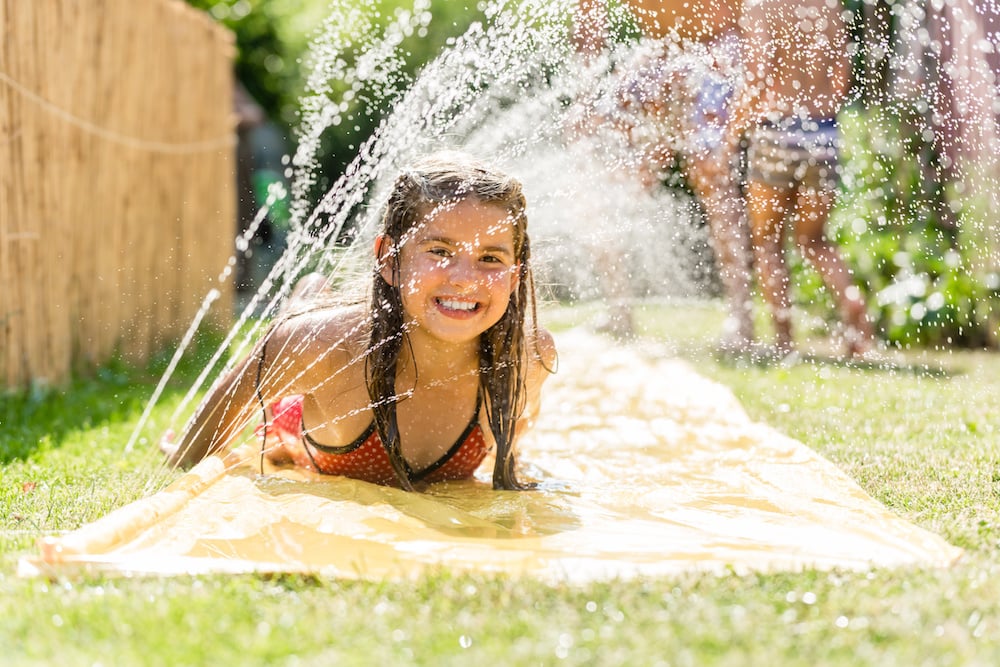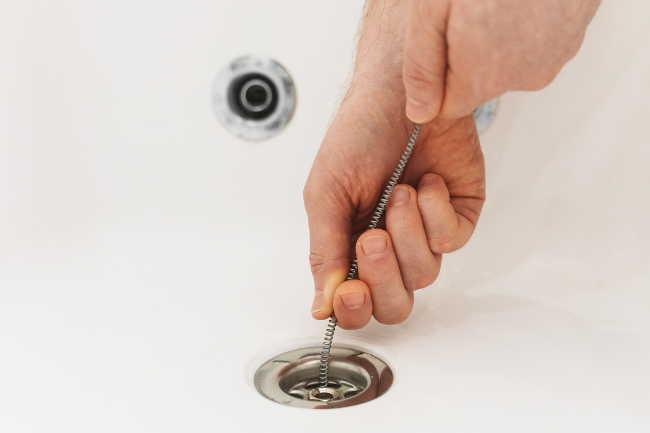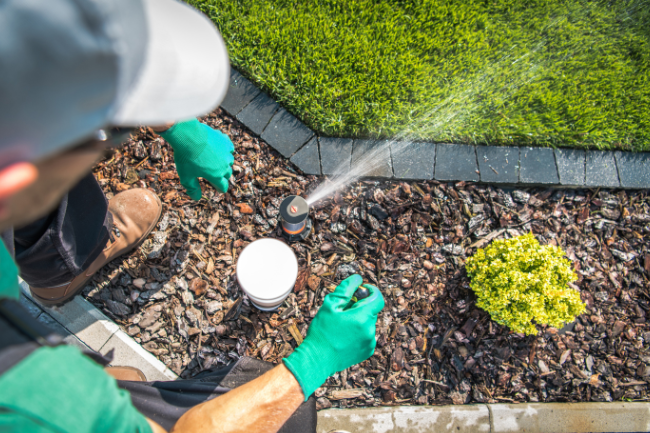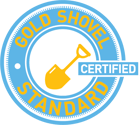7 Reasons for Low Water Pressure in Your Home (+ Tips to Fix It)
Posted by William Heinselman on
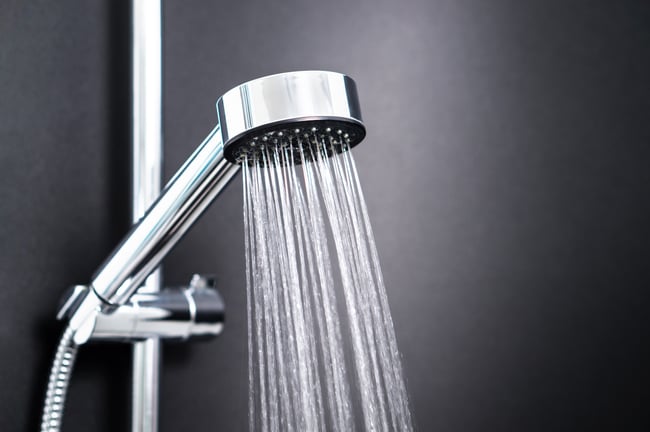
If you’re experiencing fluctuations in water pressure, don’t brush the issue off. Lower pressure could be more severe than you imagine, potentially involving serious problems like leaking or cracked water pipes, and may require professional intervention before snowballing into a home plumbing disaster.
If you’re experiencing low water pressure in your house, however, you don’t need to live with it. There are ways you can fix it.
How to Diagnose Low Water Pressure
If your water pressure seems low, the first step should be to test how much pressure you’re actually getting from your faucets. A typical home’s water pressure should be somewhere between 45 to 55 psi (pounds per square inch).
You can test the pressure by hooking up a simple pressure gauge to an outside spigot close to the main water supply line. The washing machine’s cold water line is another good place to test household water pressure.
Anything below 40 psi is considered low pressure and generally indicates a problem with the water pressure coming into the house.
7 Reasons for Low Water Pressure in the Shower
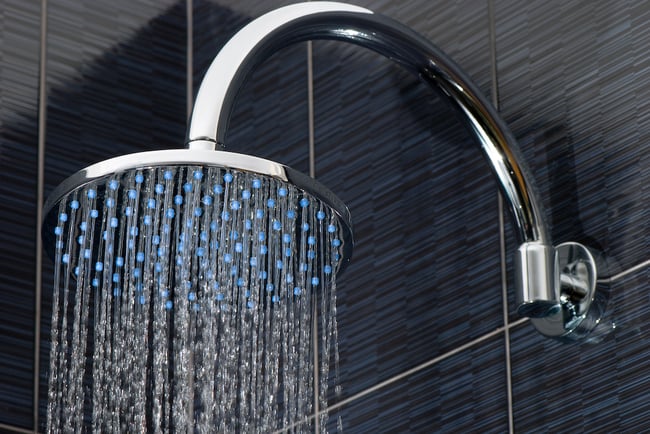
Sometimes, however, the problem is somewhere inside the house. We’ve outlined the seven most possible causes that contribute to irregular or poor water pressure here, along with some insights into what you can do right away to restore your shower head pressure to its intended amount.
While some of these causes of low pressure can be addressed through your own DIY repair efforts, others may require you to reach out to an experienced plumbing professional.
1. Water Pressure Regulator Devices
If your water pressure has abruptly dropped for no discernible reason, there’s a decent chance that your home’s water pressure regulator, which is typically set to maintain water pressure between 45 and 60 psi, may be broken or malfunctioning.
If this is the case, you may want to contact a specially trained plumber, instead of attempting repairs on your own. Improper installation of water pressure regulators can lead to even further, more expensive drain repair problems.
2. Home Water Valves
Sudden decreases in water pressure could also be attributed to accidental shutoff of your home water valves. Your home water valves are the main control valves of water into your home, typically located in a home’s water meter box.
To resolve this relatively minor issue, locate your home water valve and make sure it is completely set to the “on” position. If it is not, then this should fix your low pressure and restore water pressure to normal.
Even slight or accidental “off” positioning can significantly alter home water pressure. The best thing about offset home water valves is that the issue is extremely simple to fix.
3. Using Water During Peak Periods
Sometimes, low water pressure from shower heads is due to something entirely outside of your home and home plumbing system. If you frequently use your shower during peak periods, such as early in the morning or at night, there’s a chance the performance issue is due to high water use within your neighborhood or building.
If you believe this is the case, test your water pressure at other low-use periods, periods where local water consumption would be lower than it is immediately before work hours, or when residents in your community return home from work.
4. Mineral Accumulation Within Pipes
In older homes or those with outdated plumbing systems that heavily feature galvanized pipes, mineral accumulation is a common cause of low shower pressure. These mineral deposits build up with time.
Despite your best efforts, there’s little you can do on your own to avoid mineral deposits and accumulation over time. It’s also quite difficult to remove the mineral deposits within pipes on your own. In these cases, you should contact a trained plumbing expert in your area right away to repair or replace your pipes.
5. Pipe Leaks
If worse comes to worst and you cannot identify the cause of your low shower water pressure with any other means, there’s a chance your low pressure is the direct result of pipe leaking or fracturing. As water escapes through these leaks, less and less of it will be able to reach your shower heads and other drain fixtures.
If this is the case with your home plumbing system, there’s little you can do to resolve the issue other than contacting a trained, professional plumbing technician in your area. These specialists can use video inspection equipment to fully evaluate the integrity of your pipes and use this knowledge to suggest the best possible repair solutions for your damaged plumbing.
6. Municipal Water Problems
A problem with your water pressure may not have anything to do with your home or its pipes; it could be a municipal water problem. If you're friendly with neighbors, ask if they're experiencing the same issue. If so, it's very likely that this is the problem.
If you suspect a municipal water issue, contact your water supplier. By contacting them, you may make them aware of the problem or learn that they're in the process of fixing it already.
Although you should've been notified, it's also possible that the city has changed its water pressure regulations (if this is the case, your water supplier's hands are tied).
7. Gravity
Last but not least, good ol' gravity may be the problem. Water contends with the force of gravity as it travels upwards, so the higher the elevation water must flow, the lower the water pressure will be. If your home has multiple stories, or if you're in a high-rise apartment, condo, or commercial business, you may experience low water pressure due to gravity.
Unfortunately, there's no fighting gravity, although a professionally installed water booster system may help improve water pressure.
How to Fix Low Water Pressure
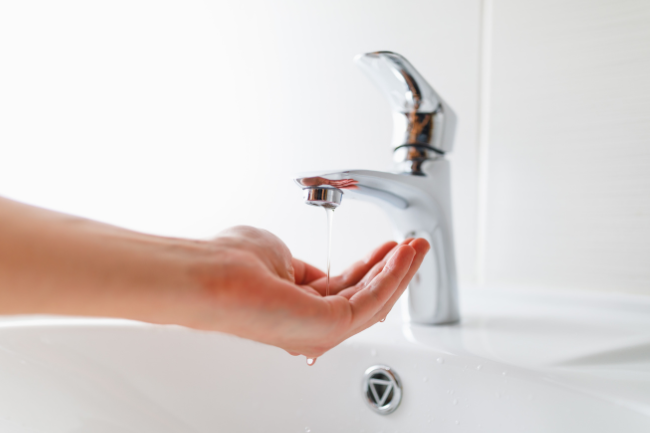
Sometimes, resolving low water pressure is an easy fix, and can be tended to with simple DIY efforts. On the other hand, the problem could be less with your water pressure and valve and more with the integrity of your home’s shower head or plumbing pipes themselves.
Check Your Other Plumbing Units
If you notice that you have low pressure, check other plumbing fixtures and appliances in your home. For example, do you also have low water pressure coming from your sink faucets? If your sink faucet has water flowing just fine, then this can help you pinpoint the problem and determine if it’s just in your shower or if you need to check for water leaks.
Check For Water Leaks
While there are several things that can cause low water pressure, we recommend that the first thing you do is look for a water leak. While the issue may not be this severe, it is always worth checking for leaks to make sure that you don’t have a messier issue on your hands.
Some common signs of water leaks include:
- Low water pressure
- Mold and mildew growth
- Increased water bill
- Wet spots on floors or ceilings
- Water stains on the ceiling
- Odd sounds or sewage smells
Clean Your Appliances With Vinegar
If you do experience mineral buildup, one thing that can help is to clean your faucets or showerhead with a vinegar solution. Take your showerhead or faucet and put it in a bucket or bag filled with a 50/50 split of hot water and vinegar. Let it sit in the vinegar overnight.
Rinse once it’s done and it should help with mineral buildup before it gets too severe. For even more thorough cleaning, make sure you tackle each of the showerhead holes with the hot water and vinegar mix to clear them of mineral deposits. If you have hard water, you may want to do this more frequently or invest in a water softener, as mineral deposits will continue to build up.
Determine If You Have a Flow Restrictor
One way to increase water pressure in your shower head is to remove a flow restrictor. This is not common in older homes, but modern shower heads are fitted with a flow restrictor to help reduce water usage as part of the National Energy Act.
However, if your low water pressure is a serious problem, then removing the flow restrictor until you can get in touch with an experienced plumber can help temporarily.
Check Your Water Line & Valve
If your water valve is completely open, then check your water line and hoses. Flexible lines can easily develop kinks, so work those out to make sure that the water flow is smooth. If the water valve is partially closed, you’ll need to open it so water can flow through your pipes easily.
Open the Water Heater Shut-Off Valve
Is your water pressure different for hot and cold water? If the water pressure is better when you use cold water, then the issue may be stemming from your water heater. If the shut-off valve is closed, open the shut-off valve and see if the problem improves with hot water.
Flush Your Water Heater
Another common problem and solution related to your water heater is that you may need to flush your water heater. Water heaters can sometimes develop sediment buildup, or debris may be causing a blockage to your water flow. If you drain your water heater and flush out the water lines, then that may resolve your low water pressure problem.
Plumbing Services in Sacramento
If you are having consistent trouble locating the source of your poor water pressure, or feel you require an outside expert’s help to restore your home plumbing system, don’t hesitate to contact a professional plumber today.
At Express Sewer & Drain, we’ve been servicing Sacramento and surrounding areas in California for years. No job is too big for our team of experienced plumbers. Contact us for a free quote today!
Topics: Home Plumbing

